What Can You Hunt in Washington? 6 Common Game Species
Last Updated on
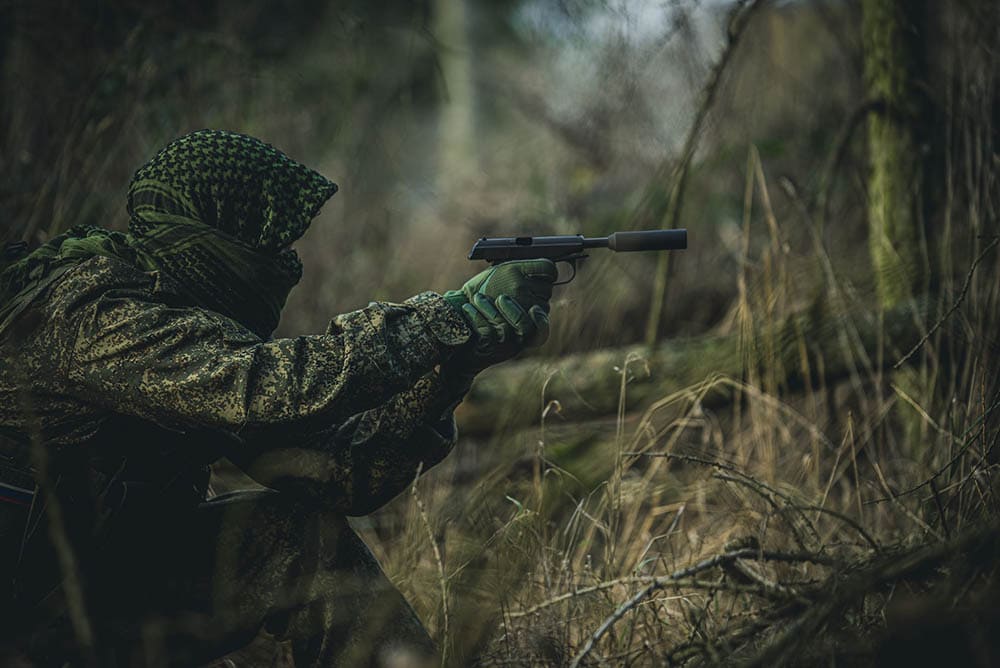
Delightful weather, breathtaking scenery, and great game—hunters rarely get the chance to enjoy all three during the Washington hunting seasons. Washington is one of the best states for hunting because of the wide mountain ranges and interesting game species, including migratory birds.
It may be far outside the Rocky Mountains, but Washington has almost 64 beautiful mountain ranges where you can hunt large game that includes bear, deer, and elk, along with the excellent bird selection.
Keep reading to find a list of Washington state’s most common game species that you can easily find during the hunting season.

The 6 Common Game Species to Hunt in Washington
Washington State has a wide range of game species hunters love to seek out in the state’s mountain ranges, such as deer, elk, black bears, turkeys, and more. Here are the six most common game species in Washington State:
1. Deer
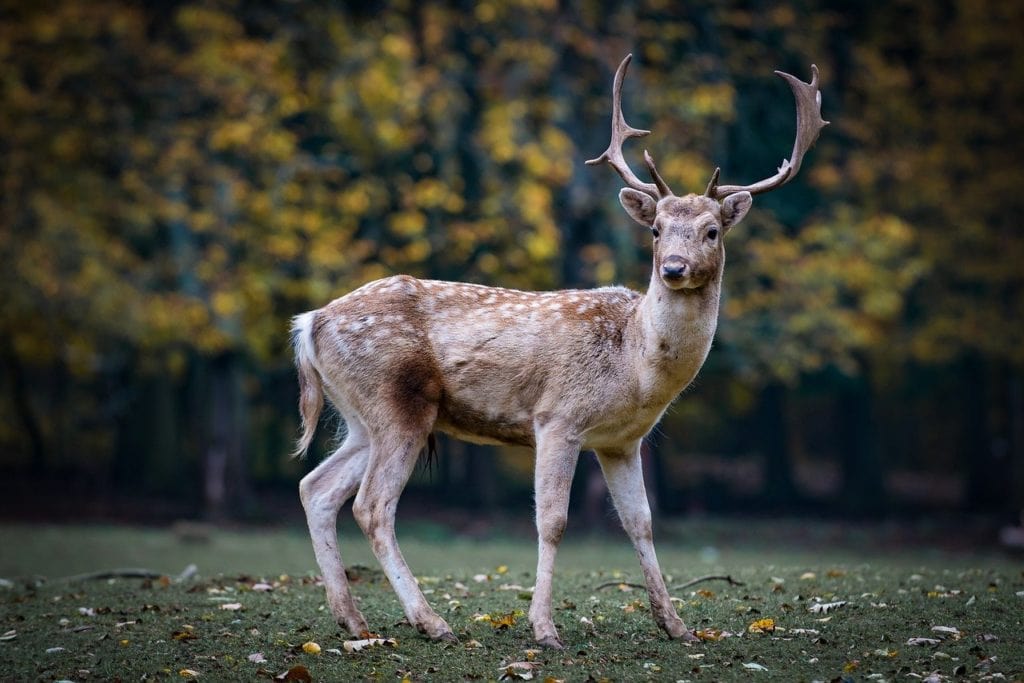
In Washington State, the deer hunting season runs from September to December. The state allows for hunting black-tailed, white-tailed, and mule deer. Hunters must have a valid big game hunting license with deer as a species option and a valid modern firearm deer or multi-season tag.
Moreover, the state allows hunters to use archery, muzzleloader, crossbow, or modern firearm equipment to hunt deer. The bag limit is restricted to one deer per hunter. Grant County, Wenaha-Tucannon Wilderness, Sherman Creek Wildlife Area, and Big Valley Wildlife Unit are a few top spots for hunting deer in Washington State.
2. Elk
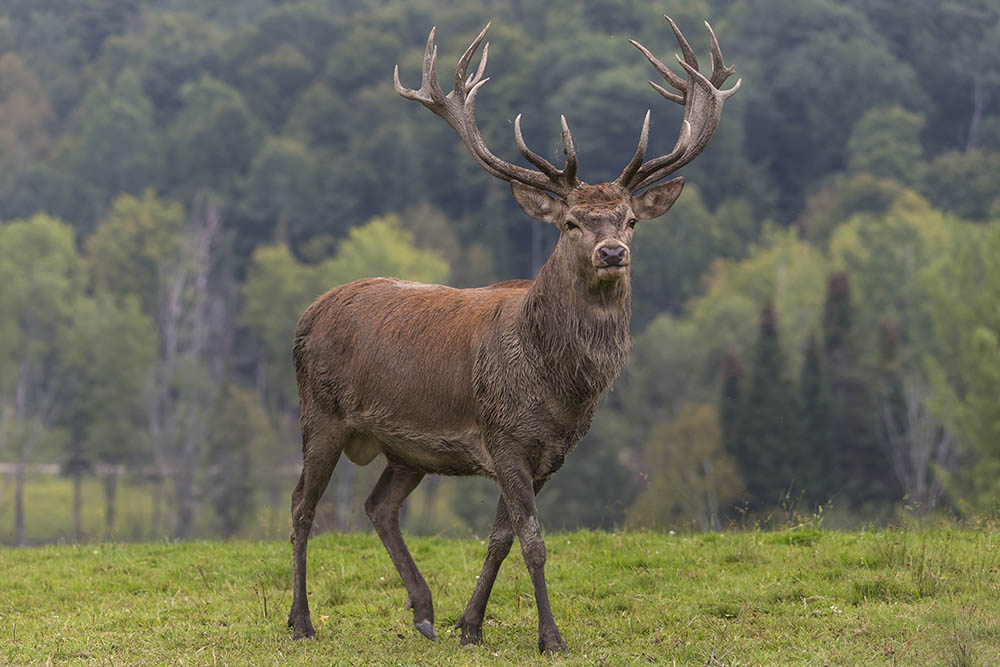
The elk hunting season runs from August to November in Washington State, varying based on the zone. The state only allows for hunting Rocky Mountain elk and Roosevelt elk. Hunters must have a valid big game hunting license with elk as a species option and an eastern/western Washington archery elk or multi-season tag.
Hunters are only allowed to hunt elk via archery, and the bag limit is restricted to one elk per hunter. The coastal ranges of the Olympic Peninsula and western slopes of the Cascade Range are the best spots for hunting elk in Washington State, especially if you’re looking for Roosevelt elk.
3. Black Bear
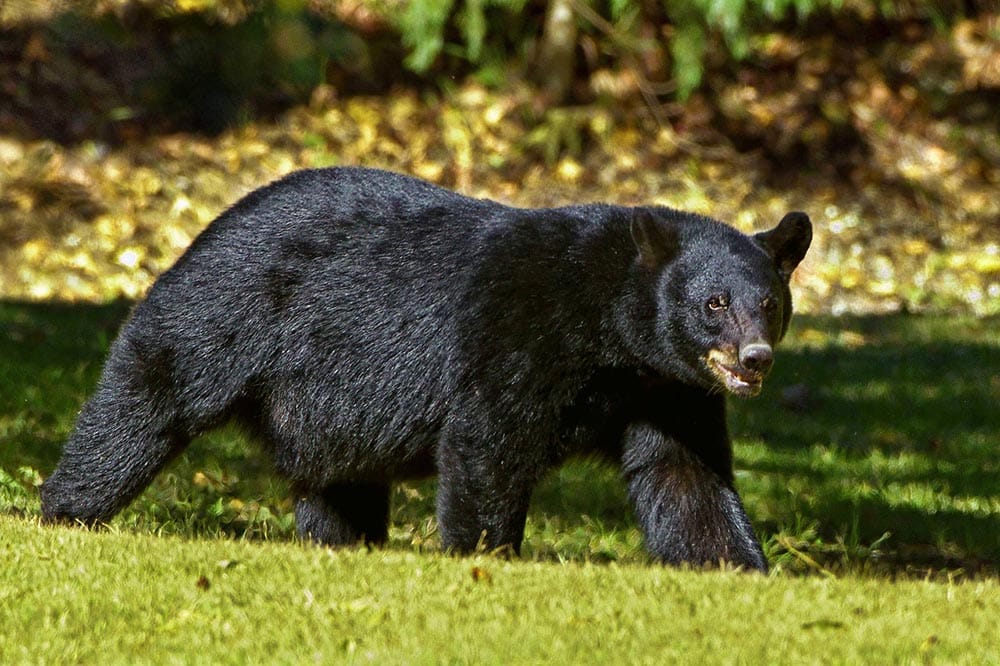
The black bear hunting season runs from August 1 to November 15 in Washington State. Hunters must have a valid big game hunting license with black bears as a species option and a second black bear transport tag.
The state allows hunters to use any legal weapon for hunting black bears, but bait or hounds are not allowed. In addition, the bag limit is restricted to two black bears per license year.
The coastal rainforests and the dry woodlands of the Cascades’ eastern slopes are the top spots for hunting black bears in Washington State. Unfortunately, you won’t find any game in the non-forested areas of the Columbia Basin.
4. Turkey

The turkey hunting season runs from September 1 to May 31 in Washington State. The state allows hunters to use a crossbow, bow and arrow, shotgun, or muzzleloading shotgun. Hunters may also use a modern legal handgun or muzzleloading handgun for hunting turkeys.
However, hunters may not use dogs, electronic calls, or electronic decoys to hunt turkey. They may also not transport wild turkey without the fully feathered head and beard. The bag limit is restricted to four wild turkeys per hunting season. The state allows hunting Eastern, Merriam’s, and Rio Grande turkeys.
Asotin, Columbia, Garfield, Lincoln, Walla Walla, and Whiteman counties are ideal spots for hunting Rio Grande turkeys. Meanwhile, Cowlitz, Lewis, Thurston, and Wahkiakum counties are better for Eastern subspecies.
5. Cougar

In Washington State, the cougar hunting season runs from September 1 to April 30. The state does not allow hunting spotted cougar kittens or adult cougars accompanying spotted kittens. Hunters must have a valid big game hunting license with cougars as a species option and a valid 2023–2024 cougar license and tag.
Moreover, the state allows hunters to use any legal weapon for hunting cougars, and the bag limit is restricted to one cougar per license year. The state’s forested regions are the top spots for hunting cougars in Washington State.
6. Small Game
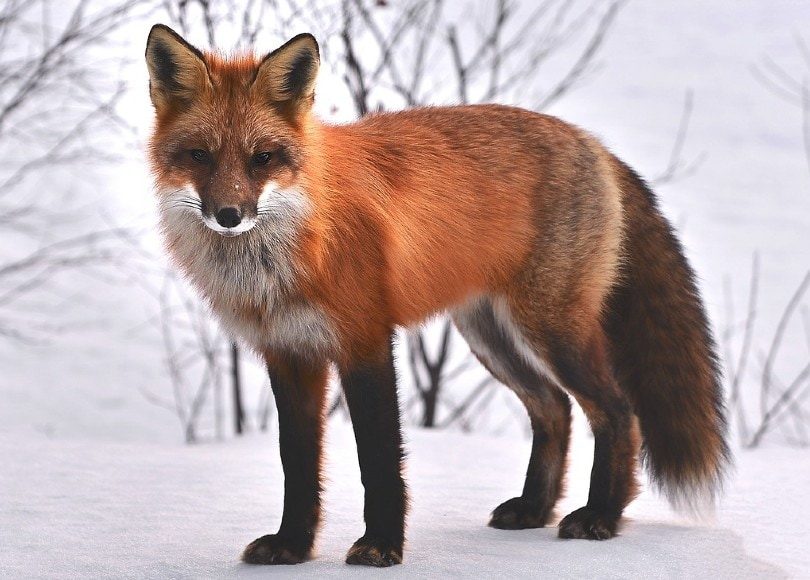
Small game hunting in Washington State includes foxes, bobcats, coyotes, and raccoons. The bobcat, fox, and raccoon hunting seasons run from September to March, while the coyote hunting season is year-round.
Beaver, badger, weasels, marten, mink, muskrat, and river otter are other small yet uncommon game species in Washington State, with their hunting season running from November to March. Hunters must have a valid small game license to hunt the species mentioned above.
Hunters may use a shotgun, smaller shot, bow and arrow, crossbow, or muzzleloading shotgun for hunting small game in Washington State. The wilderness areas of Oregon and Washington are ideal spots to hunt small game.
What Are the Prohibited Hunting Methods in Washington State?
Here are some prohibited methods to remember while hunting deer, elk, black bears, turkeys, cougars, or small game in Washington State. Hunters may not:
- use artificial light, spotlight, or night vision equipment.
- shoot at wild animals or birds while on utility lines or poles
- use aircraft to spot, locate, or report the location of wildlife
- hunt wildlife from a motor vehicle, aside from exceptions
- unsafely discharge a firearm
- hunt wildlife during any modern firearm deer or elk season unless they have a valid license
- hunt turkey, deer, and waterfowl with the use or aid of electronic calls
- use radio-telemetry equipment to locate and hunt wildlife with transmitters attached to them
- hunt wildlife at night during October and November
- capture any big game with a fully automatic firearm
- hunt game animals or birds with a shotgun larger than ten gauges
Failure to abide by these regulations can result in fines or penalties, so a hunter should avoid these hunting methods at all costs.
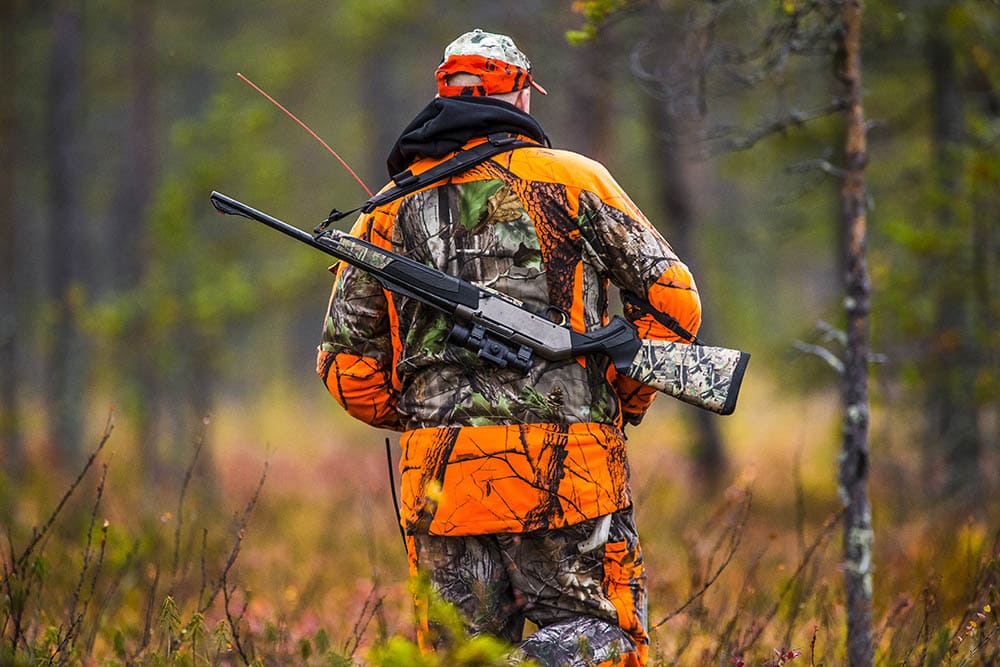
Who Can Hunt in Washington?
Anyone with a valid hunting license can hunt in Washington State, but they’ll need special tags, permits, and stamps for hunting deer, elk, bears, mountain goats, moose, sheep, waterfowl, and upland birds, turkeys, and cougars.
Those born after 1971 must complete the hunter education training program and show their hunter education certificate. Juveniles younger than 16 years don’t need state or federal migratory waterfowl stamps, but they may not possess a firearm until they’re 18.
Only those that follow this code of conduct can hunt in Washington State. Hunters must:
- take shots that ensure a humane harvest
- retrieve and effectively care for the harvested game
- take only what they will use, even under the legal limit
- tread lightly while afield
- get permission to hunt on private land
- not damage crops, fences, outbuildings, or livestock
- not hunt while under the influence
- obtain their proper tags and licenses.
- hunt only in allowed areas and during designated times and seasons
- use only legal hunting methods and equipment
- obey bag and possession limits
Abiding by these laws and regulations doesn’t just keep you out of trouble. It also maintains your ethics and integrity as a hunter, creating a rightfully positive image of hunters in others’ eyes. It also allows you to complete a safe and ethical hunt every time.

Conclusion
No matter how old this game gets, hunting remains a vital way to enjoy the fall season and soothe yourself with the beautiful sights of the mountains. What makes this experience a lot more enjoyable is the step-by-step guide from the Washington Department of Fish and Wildlife for both beginners and seasoned hunters.
Featured Image Credit: Dominik Sostmann, Unsplash
About the Author Jeff Weishaupt
Jeff is a tech professional by day, writer, and amateur photographer by night. He's had the privilege of leading software teams for startups to the Fortune 100 over the past two decades. He currently works in the data privacy space. Jeff's amateur photography interests started in 2008 when he got his first DSLR camera, the Canon Rebel. Since then, he's taken tens of thousands of photos. His favorite handheld camera these days is his Google Pixel 6 XL. He loves taking photos of nature and his kids. In 2016, he bought his first drone, the Mavic Pro. Taking photos from the air is an amazing perspective, and he loves to take his drone while traveling.
Related Articles:
What Is the Best Binocular Magnification for Hunting? Optical Features Explained
Can You Use Binoculars to Look At Stars? How to Choose the Right Pair
How to Clean a Refractor Telescope: Step-by-Step Guide
How to Clean a Telescope Eyepiece: Step-by-Step Guide
How to Clean a Rifle Scope: 8 Expert Tips
Monocular vs Telescope: Differences Explained (With Pictures)
What Is a Monocular Used For? 8 Common Functions
How to Clean a Telescope Mirror: 8 Expert Tips
